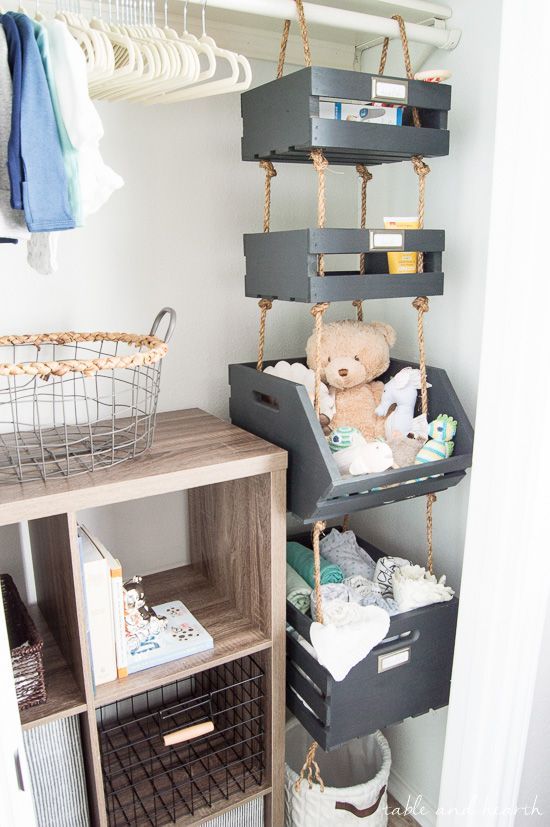Have you ever walked into a room and thought “I would not have put that sofa there”. Well, what if I told you, You might be just as guilty of placing your furniture in the wrong place. Below are a few tips and tricks to help you maximize your space.
Navigate the article
#1 Leveraging “Nesting” Pieces
Nesting tables can provide flexibility to have two (or even three) surfaces for beverages and more when needed, without permanently sacrificing the additional floor space. Consider a three-piece table set that includes a coffee table with two accent tables nested below or a two- or three-table accent table set to place beside your sofa or an accent chairs. Another way to implement “nesting” is to add a console table with an open bottom and place two ottomans underneath. These can stay out of the way when not needed or be pulled out as a foot rest or additional seating for guests.
Contributors: Amber Harris from At Home DC
#2 Floating Furniture
When horizontal/floor space is limited, it is critical to make sure you are making the best use of your vertical space. Even if you don’t have exceptionally high ceilings, make sure bookshelves, for example, are proportional. When square footage is limited, also consider floating (mounting to wall) certain pieces of furniture, like a media shelf with your TV mounted above or a desk if you need a workspace in a multi-function room.
Contributors: Amber Harris from At Home DC
#3 Open Shelving
Consider open shelving and display units to create a dual-purpose feature, both functional and fashionable. You can also consider having shelving above a door to save space. This will help you to keep floor space as uncluttered as possible.
Contributors: Amy Kilvington from Blinds Direct
#4 Illusion Of Height
Create an illusion of height in a room by placing poles higher than the windows and hanging curtains or blinds above the glazing. Look at using sheer blinds or layer simple voile fabrics to let the light flood, whilst keeping the window uncluttered.
Contributors: Amy Kilvington from Blinds Direct
#5 Maximize Your Living Room Space
Pull the furniture in the center of the room, away from the wall. That way you will free more space for maneuvering and generally make the room commodious. If you put all of your furnishings against the walls it will make the room feel more crowded. It’s much better to place the focal furniture pieces like the couch, the table and the chairs in a more central space. If there is a window in the room, put the couch on the opposite side of it. That way you will have а sitting place with a view and you won’t feel pressed by all the walls.
Contributors: MihaeIa Davidova from Fantastic Services
#6 Take Advantage Of Corners And Doorways
When arranging furniture you can look at corners and corridors in two ways: either as a restriction or a guide. Arranging furniture to hug the corners or leaving a lot of space around a door can really bring out the best in a room.
Contributors: Caleb Backe from Maple Holistics
#7 Minimalist Design
Smaller furniture can bring out the negative space in a room and a minimalistic approach often looks better. Whoever said bigger was better? Smaller furniture can help give a space more personality and give you more freedom to move around.
Contributors: Caleb Backe from Maple Holistics
#8 The Importance of Clean Counters
Tidy closets and drawers are wonderful but one of the most important areas of your home to keep neat are your countertops. Kitchen counters are a dumping ground for everything, by everyone, in your home. Mail, keys, school work, notes about activities, receipts, checkbooks, and more get lost in piles on your counters if there’s no method to the madness. The first thing you need to do to control the clutter is designate an inbox for the paper items. If it’s paper, it needs to go here. Take a couple of minutes every day to sort through the inbox. Toss anything that can be thrown, file bills and important mail away in the office, and handle school work and permission slips right away. Anything with upcoming dates should be put into your main calendar system whether it’s electronic or an old school write-on calendar.
Contributors: Marty Basher from Modular Closets
#9 Limit Keepsake Items
There are the sentimental, heirloom items that are given to us from family and the sentimental items we collect during our own life. Don’t feel obligated to keep things that are given to you. If you don’t love a family item, let the person know that you’re trying to live with less, don’t really have room and be honest if it’s not your style. Before we know it, we can end up with boxes of family keepsakes that are just taking up space and we’ll never use. It’s ok to say no to more stuff. It’s wonderful to have a few select items to remember our family members, but how much do we really need? For your own personal memorabilia and those of your kids, sort through your keepsakes and think hard about their importance. Only keep items that you feel will be important to look back at years from now or ones to share with your kids. When it comes to your kids’ artwork, you can always snap a photo of it and keep it saved that way rather than the actual art itself. Kids accrue a lot of art and special school projects over the years—choose wisely.
Contributors: Marty Basher from Modular Closets
This post was created with our nice and easy submission form. Create your post!










